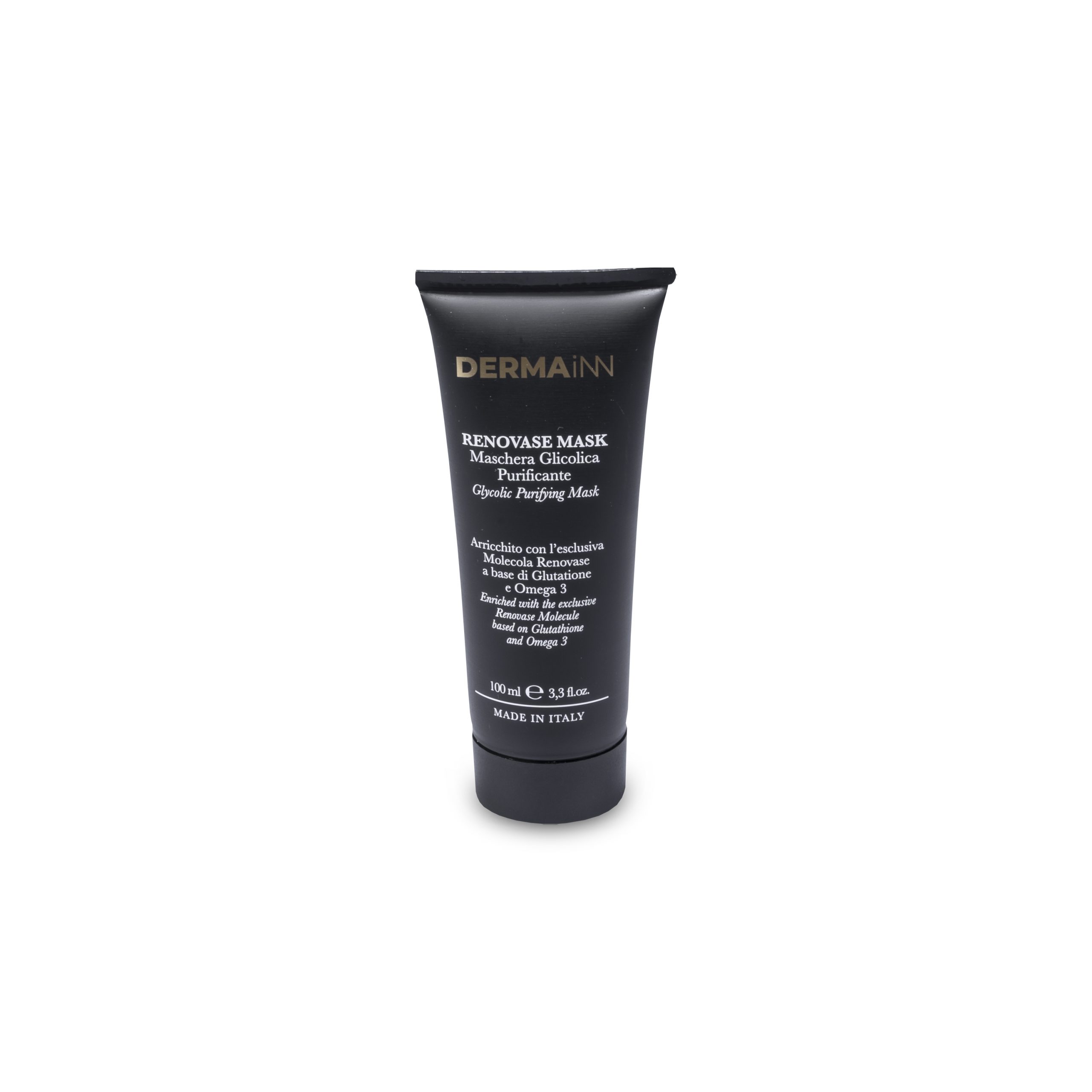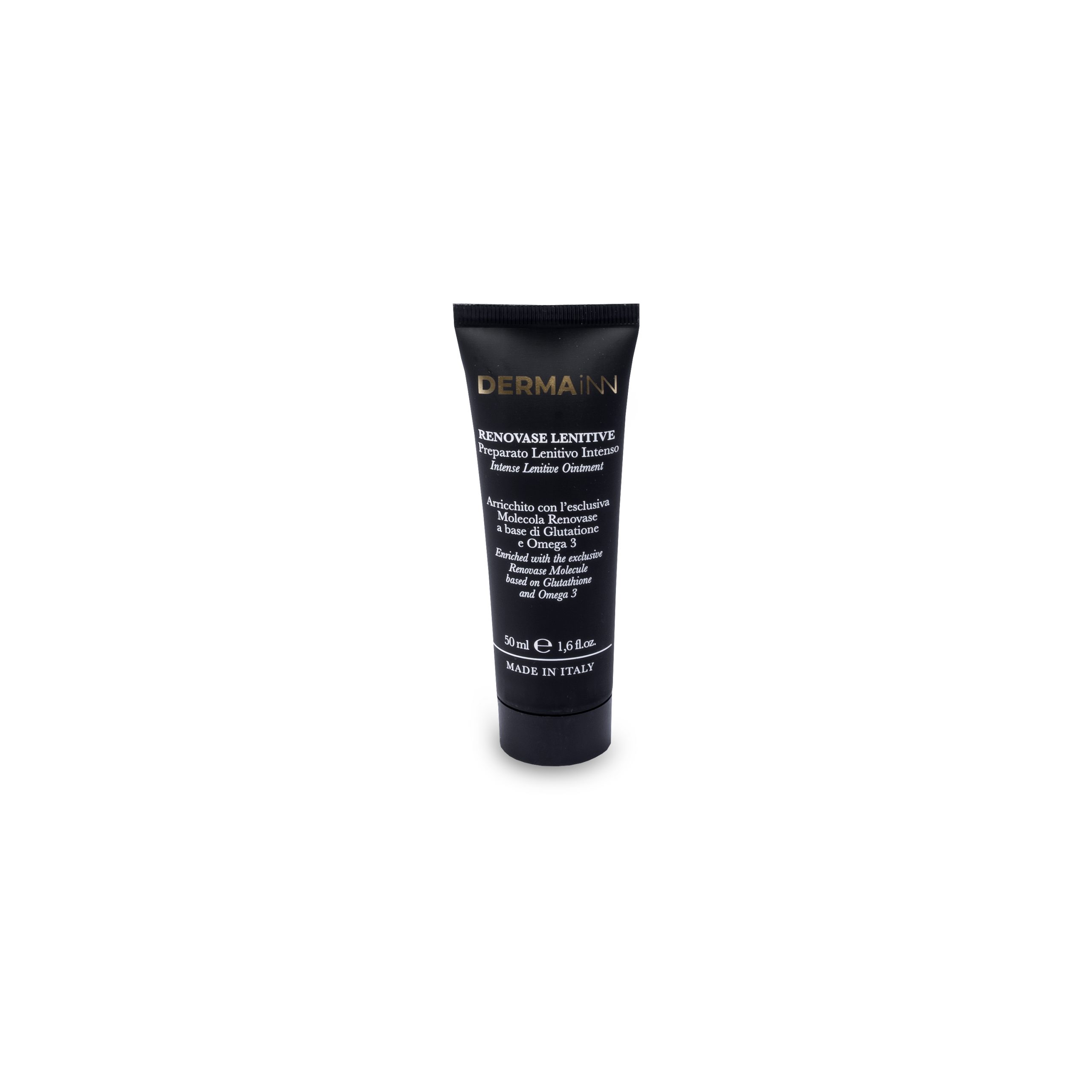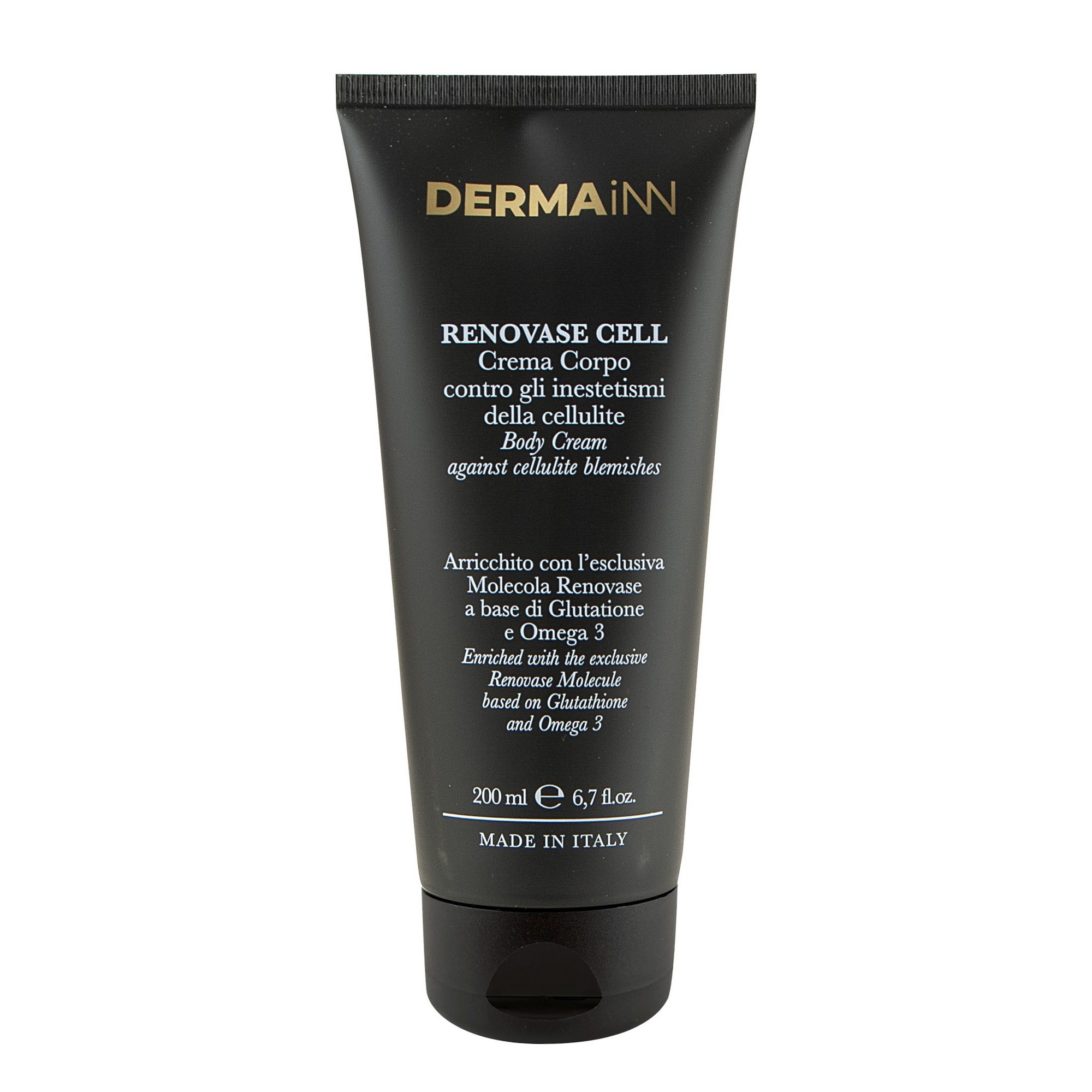- +39 0575 348113
- info@innbiotecpharma.com
- Join the chat
- From Monday to Friday from 8:30 to 13:00 and from 14:00 to 17:30
Glutathione
The King of Antioxidants
Why is it important?
Glutathione (GSH) is a vital molecule for survival:
- It is the mother of all antioxidants. The other antioxidants, including Vitamin C, need Glutathione to carry out their action in the body.
- It is an essential detoxifier for the body.
- It is essential for the immune system.
What is it?
Made up of the combination of three amino acids: glutamic acid, cysteine and glycine.
Glutathione has a strong antioxidant action due to the presence of cysteine in its molecule. This allows it to eliminate harmful substances present in the body, such as free radicals, toxins, mercury and other heavy metals.
The body produces Glutathione, but various conditions, including poor diet, pollution, toxins, drugs, stress, trauma, ageing, infections and radiation reduce the levels of Glutathione in the body. body.
This makes the organism exposed to:
- degenerative diseases, such as cardiovascular diseases, metabolic syndrome, neurodegeneration, neoplasms
- microorganism infections
- premature aging of tissues
Furthermore, in a case of Glutathione deficiency, the liver has a reduced ability to carry out an effective detoxifying action.
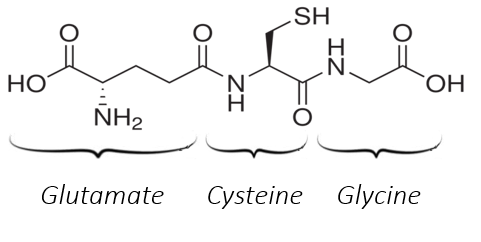
What functions does it perform in the body?
Glutathione (GSH) is the main antioxidant defense of cells and performs fundamental physiological activities:
- Cellular redox balance: Glutathione, thanks to the cysteine residue, reacts with free radicals and inactivates them.
- Detoxification: GSH in the liver participates in the detoxification mechanisms of xenobiotics (toxic agents of exogenous origin: drugs, pollutants, food toxins…). GSH reacts with both endogenous and exogenous toxins to form water-soluble conjugates which are excreted.
- Modulation of the immune system: The immune system is very sensitive to GSH levels and its functionality is compromised in conditions of low levels of Glutathione, such as are found in conditions of stress, in aging and in all degenerative diseases.
RENOVASE®
Our flagship technology
When science marries nature: the most effective and bioavailable form of Glutathione antioxidant available today is born from the encounter between linseed and yeast. Renovase® is the registered trademark of the Glutathione derivatives with long-chain carboxylic acids.
The result of numerous studies at the Department of Biochemical Sciences of the University of Florence, these compounds are able to provide the body with the two constituent components to counteract oxidative stress and inflammatory processes. The most important property of these molecules consists in their ability to cross this membrane thanks to the bond between the Glutathione and the fatty acids. In fact, the Renovase® molecule behaves like a Trojan horse: the fatty acids associate with those of the membrane, allowing the Glutathione to penetrate inside the cell. Once inside the cell, the molecule breaks down into its components, thus providing the body with two effective antioxidants and an anti-inflammatory.

- Select options This product has multiple variants. The options may be chosen on the product page
Renovase Spot Gold
Intense Anti-stain Serum
Da €49.00
- Select options This product has multiple variants. The options may be chosen on the product page
- Select options This product has multiple variants. The options may be chosen on the product page
Renovase Shampoo Gold
Cosmetic treatment for damaged hair
Da €15.99
- Select options This product has multiple variants. The options may be chosen on the product page
- Select options This product has multiple variants. The options may be chosen on the product page
Renovase Sany Beard
Sanitizing cosmetic treatment for beards and moustaches.
Da €9.99
- Select options This product has multiple variants. The options may be chosen on the product page
- Select options This product has multiple variants. The options may be chosen on the product page
Renovase Night Gold
Regenerating Face Night Cream
Da €24.99
- Select options This product has multiple variants. The options may be chosen on the product page
- Select options This product has multiple variants. The options may be chosen on the product page
Renovase Mask Gold
Purifying Glycolic Mask
Da €18.99
- Select options This product has multiple variants. The options may be chosen on the product page
- Select options This product has multiple variants. The options may be chosen on the product page
Renovase Lenitive Gold
Intense Soothing Preparation
Da €19.99
- Select options This product has multiple variants. The options may be chosen on the product page
- Select options This product has multiple variants. The options may be chosen on the product page
Renovase Hydro Gold
Intense Anti-age Day Face Cream
Da €23.99
- Select options This product has multiple variants. The options may be chosen on the product page
- Select options This product has multiple variants. The options may be chosen on the product page
Renovase Conditioner Gold
Cosmetic treatment for damaged hair
Da €16.99
- Select options This product has multiple variants. The options may be chosen on the product page
- Select options This product has multiple variants. The options may be chosen on the product page
Renovase Cell Gold
Body Cream Against Cellulite Blemishes
Da €24.99
- Select options This product has multiple variants. The options may be chosen on the product page
- Select options This product has multiple variants. The options may be chosen on the product page
Renovase Beard Wash
Cosmetic treatment for beard and mustache
Da €12.99
- Select options This product has multiple variants. The options may be chosen on the product page
- Select options This product has multiple variants. The options may be chosen on the product page
Renovase Beard Balm
Cosmetic treatment for beard and mustache
Da €13.99
- Select options This product has multiple variants. The options may be chosen on the product page
Why is it important?
Normally, Glutathione cannot be absorbed by the body as it is digested by enzymes in the alimentary canal and is unable to pass through the intestinal wall unchanged. Renovase® overcomes these barriers thanks to its particular molecular structure. In vitro and in vivo studies have in fact demonstrated how these molecules are able to cross the cell membrane and deliver Glutathione and essential fatty acids, in particular Omega-3, to the tissues.

Renovase® promotes the renewal of skin cells.
Skin aging is a multifactorial process that combines intrinsic factors (decrease in genetically programmed cell function during aging) with extrinsic factors (for example, exposure to ultraviolet rays and environmental pollution).
Numerous scientific studies have shown that with advancing age, there is a significant reduction in the intracellular levels of Glutathione (GSH) in the tissues, correlated to an increase in oxidative stress. The most visible effect is skin aging.
GSH taken orally is not able to penetrate the tissues, given its hydrophilic nature; it is also rapidly degraded by digestive enzymes.
Renovase®, on the other hand, thanks to its lipophilic nature, resists the attack of hydrolytic enzymes, and is able to cross cell membranes. Inside the cells, the enzymes split the molecule, releasing GSH and long-chain polyunsaturated fatty acids which restore the correct antioxidant defences.
Renovase® has been inserted into a liposomal structure to ensure its complete skin bioavailability. In this way, therefore, it performs its activity in the best possible way.
By integrating the two molecules, Renovase® enhances and enhances the beneficial effects of both.
Benefits of Renovase®
Anti-aging effect
Renovase® protects skin cells from aging caused by the ultraviolet component of sunlight and other exogenous factors, favoring the attenuation of expression and age-related wrinkles, uniformity of the complexion, more elastic skin and greater hydration and luminosity.
Whitening effect
Renovase® exerts a whitening action on the skin, with a visible reduction in skin spots.
After applying the product, 2 times a day, for at least 3-4 weeks, the effects are evident.
The essential fatty acids (AGE, PUFA)
AGEs, for example linoleic and linolenic acids, belong to the category of long-chain polyunsaturated fatty acids, as they have two or more double bonds along the carbon chain. Liquids at room temperature, they are essential for the human body. These substances perform a wide range of extremely important functions, including the regulation of cholesterol metabolism, the maintenance of cell membranes, hydration and elasticity of the skin, the production of hormonal substances.
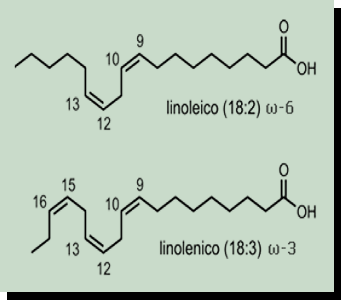
TERMS OF SALE
FURTHER INFORMATION
PAYMENT METHODS
SEND US A MESSAGE
Copyright © 2024 – INNBIOTEC PHARMA srl – P.I. 06109520483 – Site created by Numerouno ict





